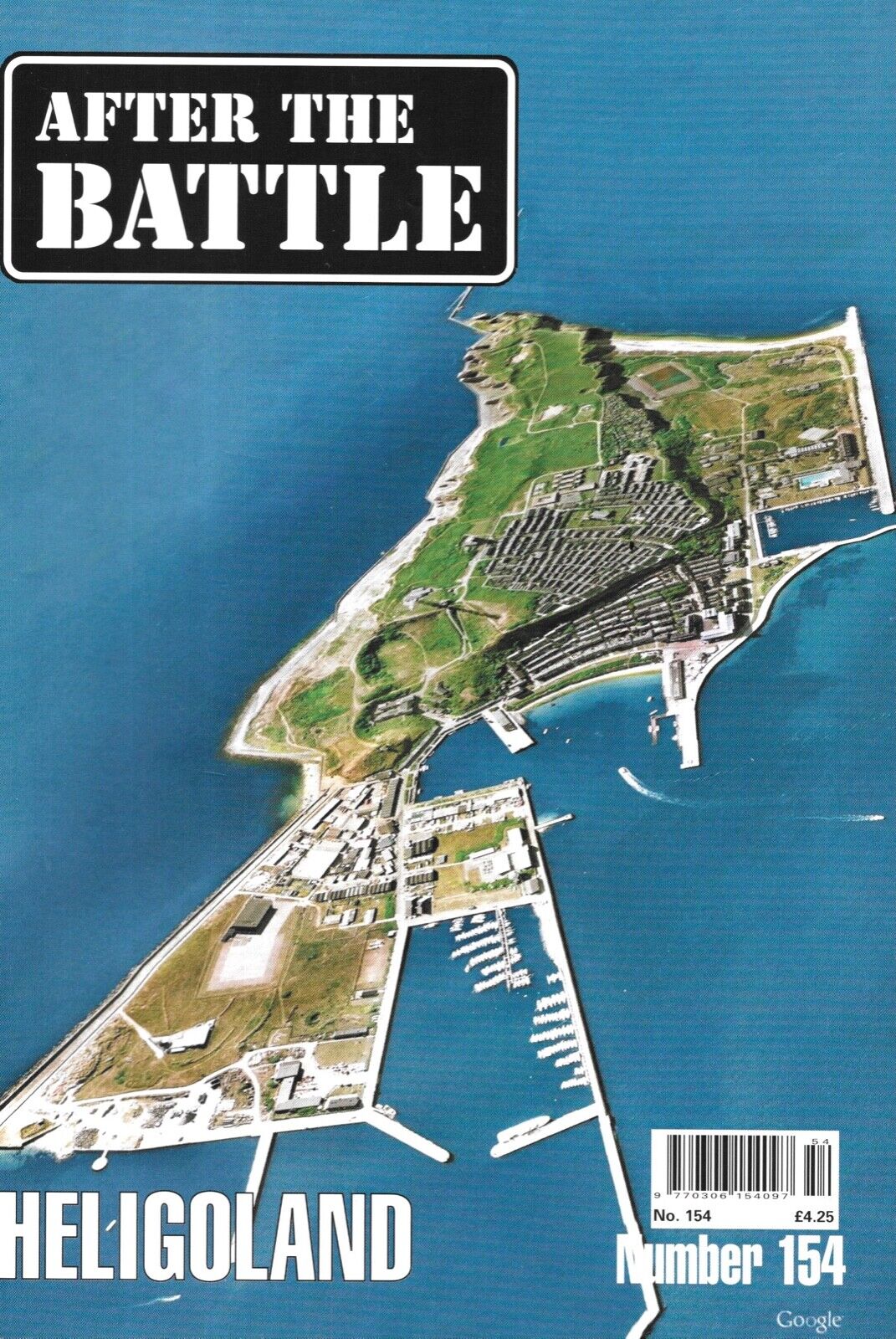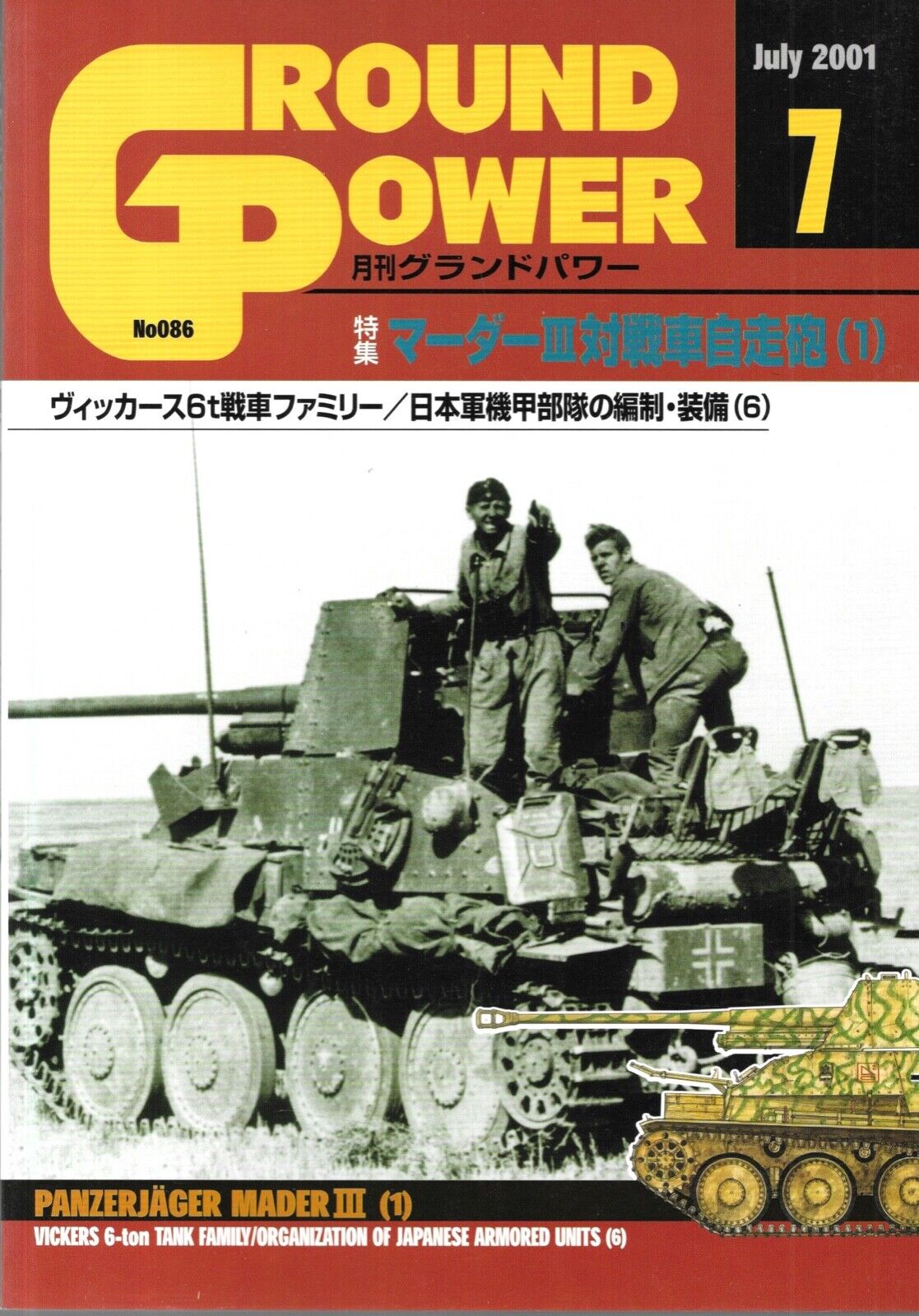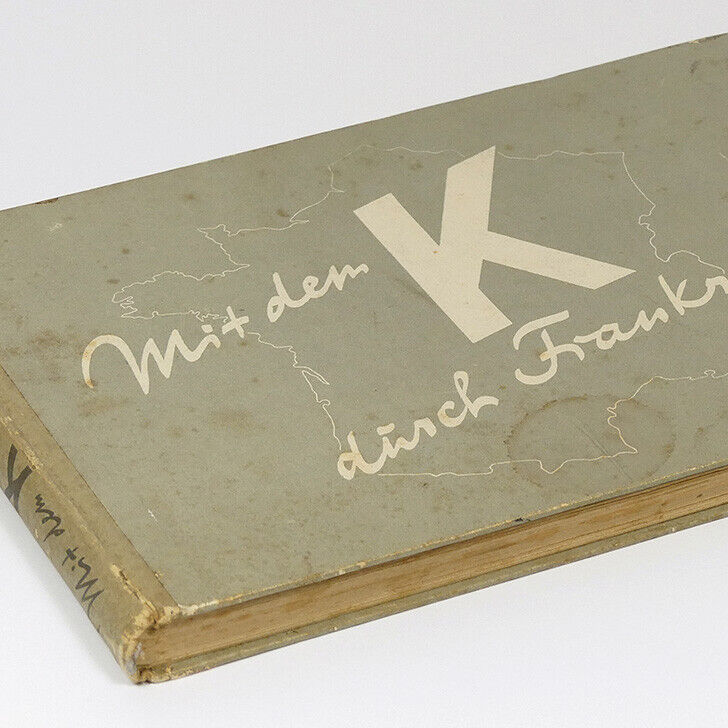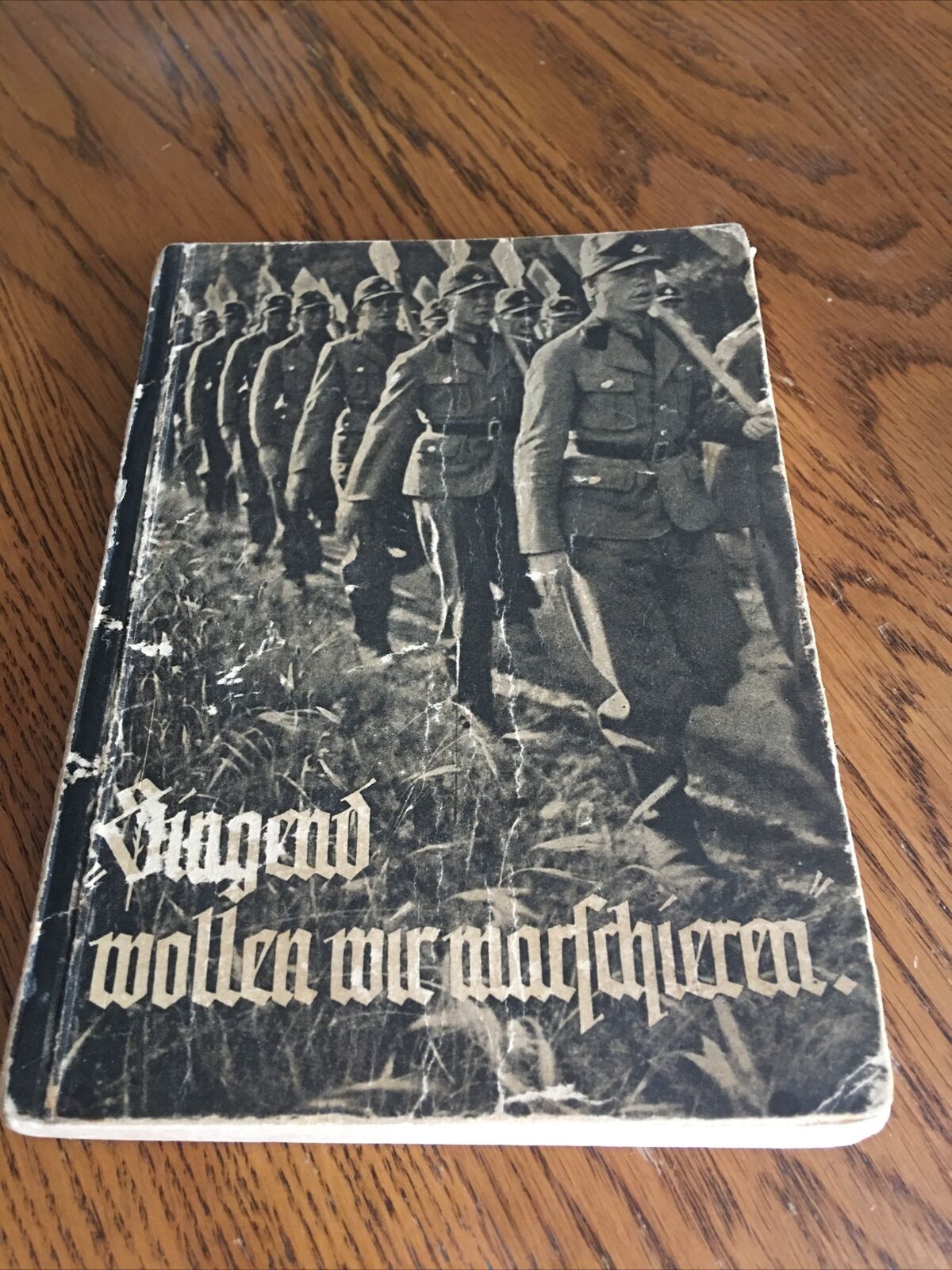-40%
German Arno Breker Guidebook Potsdam Exhibition 1944 w/ many works Albert Speer
$ 157.87
- Description
- Size Guide
Description
Arno BrekerExhibition in Potsdam -> June - September 1944
This is a very heavily illustrated softcover guidebook for an exhibition held in the Lustgarten of the
Garnison Museum in Potsdam (just outside Berlin) from June through September 1944.
The exhibition was assembled by Architect Albert Speer, and was the last exhibition of the works of
renowned artist Arno Breker. Because the exhibition took place so late in the war, few copies of the
original guidebook survived.
The guidebook includes photos of Breker’s works such as Eagle, the Victor, the Flag, Albert Speer, Iris,
Mrs. Bormann, Edda Göring, Mrs. Speer, nudes such as Female Dancer, Resting, Flora, Grace, Humility,
Psyche, You and I, etc.
Softcover
64 pages
57 b&w photos
In
good exterior and fine interior
condition
.
The wrappers are edgeworn, tips of spine with repair, wrappers rebacked, closed tear on front cover, else ok with minor traces of use and age. The pages are very clean and in near mint condition.
Approx/Measurements: 7-3/4" x 5-1/4" 0.2
lbs.
Photos by Charlotte Rohrbach, Berlin
Published by Museum Potsdam
Background info:
Arno Breker (Elberfeld, now Wuppertal, July 19, 1900 - Düsseldorf, February 13, 1991) was a German sculptor best known for being endorsed by the authorities of Nazi Germany.
Breker was born in Elberfeld, in the north of Germany, the son of a stone mason. He began to study architecture, along with stone-carving and anatomy, and at age 20 was accepted to the Düsseldolf Academy of Arts where concentrated on sculpture. In 1927 he moved to Paris, which he thereafter considered to be his home. He was quickly accepted by the art dealer Alfred Flechtheim. He also established close relationships with important figures in the art world, including Charles Despiau, Isamu Noguchi, Maurice de Vlaminck and André Dunoyer de Segonzac, of all of whom he later made portraits. He travelled to North Africa, producing lithographs which he published under the title "Tunisian Journey". He also visited Aristide Maillol, who was later to describe Breker as "Germany's Michelangelo".
In 1932 he was awarded a prize by the Prussian Ministry of Culture, which allowed him to stay in Rome for a year. In 1934 he returned to Germany on the advice of Max Liebermann. At this time Alfred Rosenberg, editor of the Nazi newspaper Völkischer Beobachter, denounced Breker as a degenerate artist. Despite this - and the fact that he never joined the Nazi Party - Breker was supported by many leaders. He took commissions from 1933 through 1942, for example participating in a show of his work in occupied Paris in 1942, where he met Jean Cocteau, who appreciated his work. He maintained personal relationships with Albert Speer. In 1936 he won the commission for two sculptures representing athletic prowess, intended for the 1936 Olympic games, one represented a Decathlete (“Zehnkämpfer”) and the other The Victor (“Die Siegerin”).
The neoclassical nature of his work, with titles like Comradeship, Torchbearer, and Sacrifice, typified Nazi ideals, and suited the characteristics of Nazi architecture. On closer inspection, though, the proportions of his figures, the highly colouristic treatment of his surfaces (the strong contrasts between dark and light accents), and the melodramatic tension of their musculatures perhaps invites comparison with the Italian Mannerist sculptors of the 16th century. This Mannerist tendency to Breker's neoclassicism may suggest closer affinities to concurrent expressionist tendencies in German Modernism than is acknowledged.
His twin sculptures The Party and The Army held a prominent position at the entrance to the Reichs Chancellery.
Breker was a professor of visual arts in Berlin, until the fall of the Third Reich. While nearly all of his sculptures survived WWII, more than 90%25 of his public work was destroyed by the allies after the war.
Shipping Options
Free
Airmail shipping with recorded delivery
dewabit









